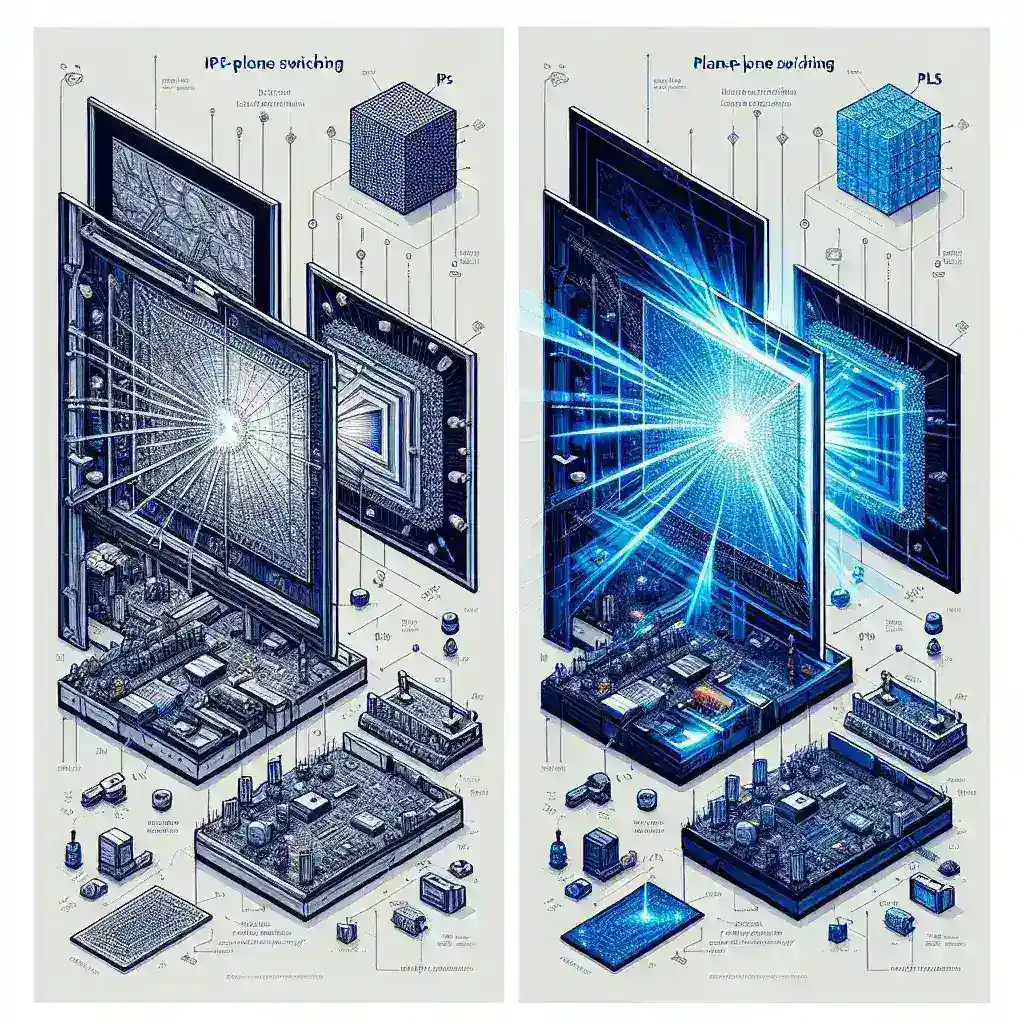When purchasing a monitor or any display technology, you may encounter terms like IPS (In-Plane Switching) and PLS (Plane to Line Switching). These terms refer to different types of LCD panels commonly used in various devices such as smartphones, tablets, monitors, and TVs. Understanding their differences is crucial in making an informed purchasing decision.
Overview of IPS and PLS Panels
Both IPS and PLS are technologies that aim to improve upon the limitations of earlier TN (Twisted Nematic) panels. They share several similarities, yet have distinct differences that can impact your viewing experience.
| Feature | IPS Panel | PLS Panel |
|---|---|---|
| Developed By | LG | Samsung |
| Color Accuracy | Excellent | Excellent |
| Viewing Angles | 178 degrees | 178 degrees |
| Brightness | Good | Better |
| Cost | Moderate | Moderate to High |
| Power Consumption | Higher | Lower |
Color Accuracy
Both IPS and PLS panels provide exceptional color accuracy, which makes them suitable for tasks where color precision is crucial, such as photo editing, graphics design, and video production. The color consistency across wide viewing angles is one of the significant advantages they offer over TN panels.
IPS Panel
IPS panels are well-known for their superior color reproduction and image quality. They provide vibrant colors due to advanced liquid crystal alignment techniques, making them ideal for color-critical applications.
PLS Panel
PLS panels also offer excellent color accuracy. Samsung developed the PLS technology to improve upon IPS by providing better brightness and lower production costs, although this often means a higher price for the end consumer.
Viewing Angles
One of the primary advantages of IPS and PLS panels over TN panels is their wide viewing angles. Both technologies offer a wide 178-degree viewing angle horizontally and vertically, ensuring that image quality and colors remain consistent no matter where you view the screen from.
IPS Panel
IPS panels have long been praised for their excellent viewing angles, making them popular choices for collaborative environments where multiple people view the screen simultaneously.
PLS Panel
PLS panels match IPS panels with wide viewing angles, offering consistent and accurate colors even when viewed from extreme angles. This feature makes PLS panels just as suitable for collaborative work environments.
Brightness
Brightness is another critical factor where PLS panels tend to have an edge over IPS panels. Higher brightness levels can enhance the viewing experience, especially in well-lit environments.
IPS Panel
While IPS panels offer good brightness levels, they are generally outperformed by PLS panels in this area. This can be a consideration if you frequently use your monitor or display in bright lighting conditions.
PLS Panel
PLS panels typically provide better brightness levels compared to IPS panels. This higher brightness can result in a more vivid and clearer image, making PLS panels a great choice for bright and ambient-lit environments.
Cost
Cost is always a critical consideration when choosing any technology. While both IPS and PLS panels are generally more expensive than TN panels, there are some differences between the two.
IPS Panel
IPS panels usually come at a moderate cost. They offer a good balance of performance and price, making them a popular choice for a wide range of applications from general use to professional work.
PLS Panel
PLS panels can be a bit pricier compared to IPS panels. While Samsung designed PLS to reduce production costs, the added benefits often result in a higher retail price. Therefore, PLS panels tend to be on the higher end of the price spectrum.
Power Consumption
Power consumption is an essential aspect to consider, especially for devices that are used for extended periods. Energy efficiency can also impact the overall cost of ownership.
IPS Panel
IPS panels are known to consume more power than PLS panels. This increased power consumption may translate to higher electricity costs over time, particularly if the display is used for long durations.
PLS Panel
One of the advantages of PLS technology is its lower power consumption compared to IPS panels. This makes PLS panels more energy-efficient and can be a cost-saving feature in the long run.
Conclusion
Both IPS and PLS panels offer excellent color accuracy, wide viewing angles, and high brightness levels. The choice between the two depends on individual preferences and specific use cases. IPS panels are widely known for their color accuracy and moderate pricing, making them suitable for various applications. On the other hand, PLS panels provide better brightness and lower power consumption, although they may come at a slightly higher cost.
In summary:
- Choose IPS if you need a more cost-effective option with excellent color accuracy and wide viewing angles.
- Choose PLS if higher brightness and energy efficiency are priorities, and you’re willing to invest a bit more.
Ultimately, both technologies have their unique strengths, and the best choice will depend on your specific requirements and budget.

